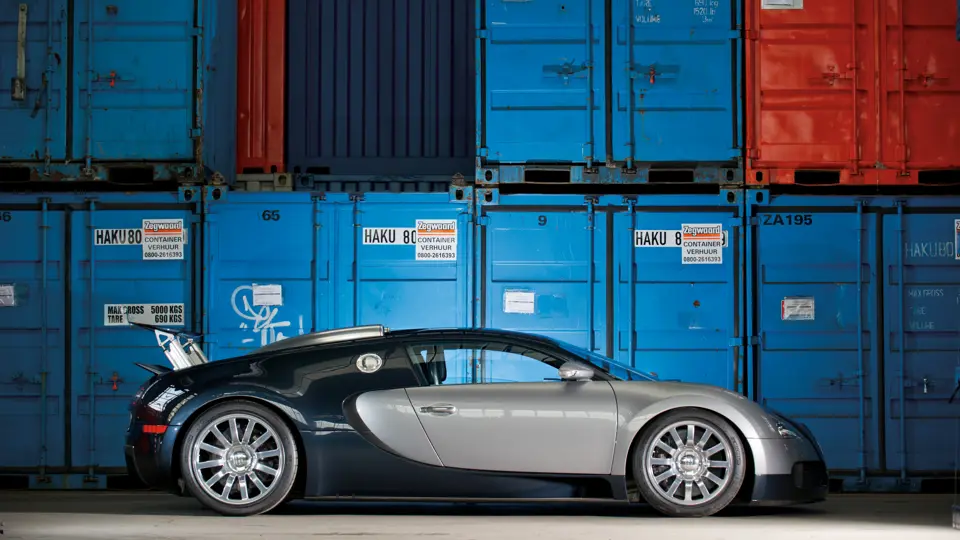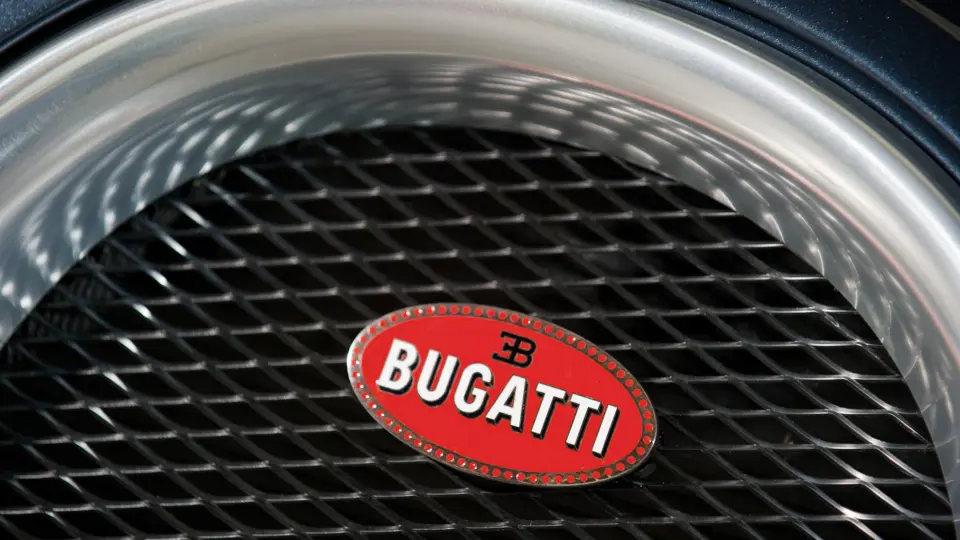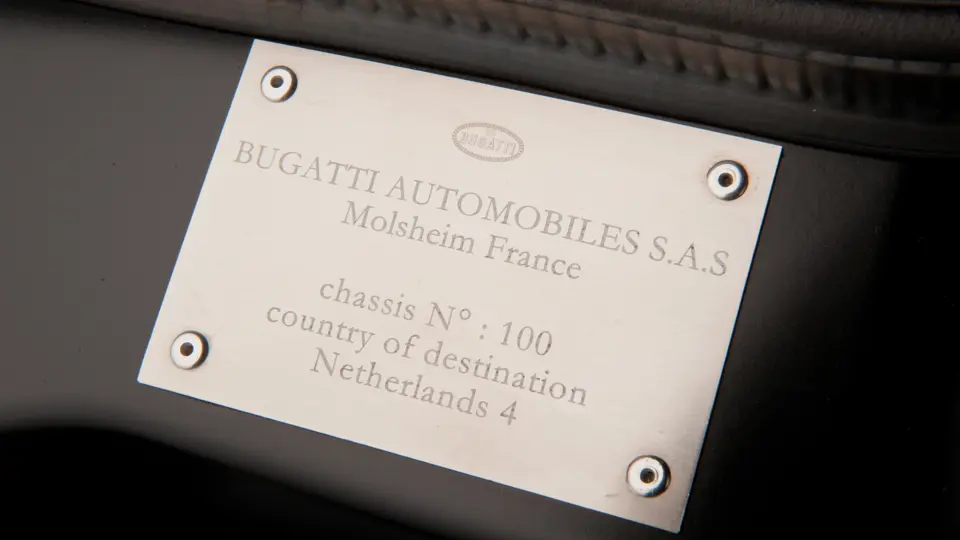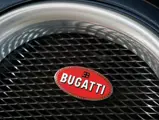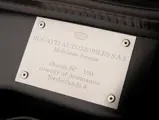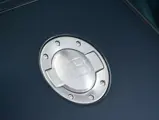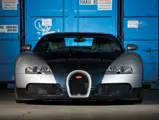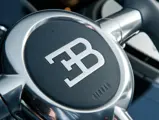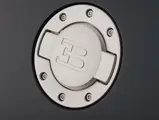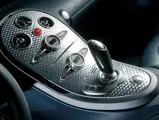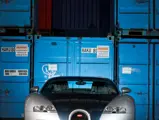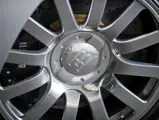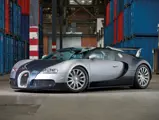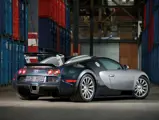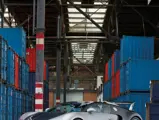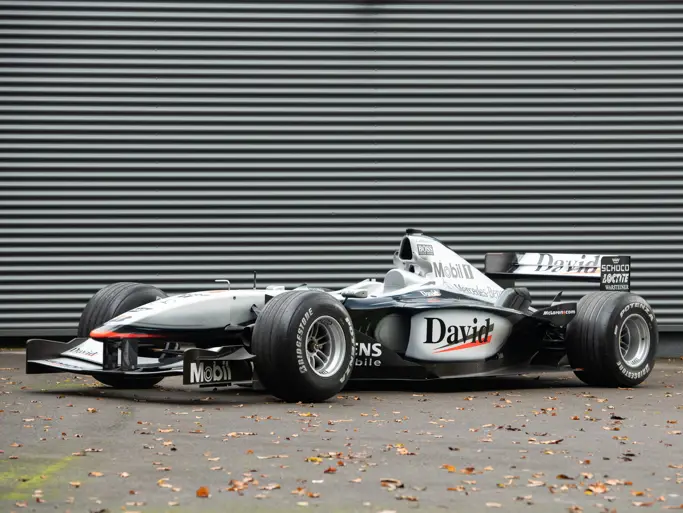1,001 hp, 7,993 cc quad-turbocharged W-16 engine, direct fuel-injection, seven-speed DSG twin clutch gearbox, Haldex four-wheel drive, electrically-adjustable independent suspension by double wishbones, and four-wheel carbon-ceramic disc brakes. Wheelbase: 106.7 in.
• Incredible top speed of 253 mph
• Number 100 of 300 built
• One owner from new and less than 700 km from new
• Offered from the Zegwaard Collection
When introduced in 2005, jaws dropped at every salon, show, or exhibition at which the Bugatti Veyron EB 16.4 was displayed and hearts stopped at the first test drive, where the stunning to behold and breath-taking to drive Veyron simply rocketed from rest to 60 miles per hour in a mind-boggling 2.47 seconds. Every component of this car works together exquisitely and precisely. That’s the very essence of a Bugatti, one which has carried over from the heroic period of racing through to the present day. A drive in a Type 35 will cause wonderment and marvel at the lightness and balance of all the controls, which is truly evocative of a car ahead of its time in performance and execution. The same is true of the spectacular Veyron with its 21st century engineering.
In the 1920s and 1930s, Ettore Bugatti built some of the finest cars anywhere, rivalling Delage, Delahaye, Bentley, and Duesenberg. The owner paid a high price but received a conveyance that was masterfully crafted and truly a work of art. Exquisite detailing surpassed coachwork and exotic interiors to include engine-turned blocks and under-bonnet panels, axles that looked attractive enough to mount on a wall, and a superb overall finish. The Molsheim-built cars also offered extraordinary performance, with the Type 35 and Type 37 racing cars helping to build a legend. Later, the achingly beautiful Jean Bugatti-designed Type 55 roadsters, and several variations based on the Type 57 chassis, offered road-going style and performance that found few rivals from any land or at any price. It’s the tradition of these later grand touring Bugattis that was summoned by Volkswagen when they revived the famous name and returned to Bugatti’s traditional base of Molsheim in Alsace.
In 2008, the sticker price for the Veyron, named after Pierre Veyron, co-driver of the winning Type 57C Bugatti in the 1939 24 Hours of Le Mans, exceeded $1.8 million. For that lofty sum, the owner received a car that remains the most expensive production car ever conceived. At the time of its introduction, it was also the fastest production car at any price.
The Veyron was based on the Bentley Hunaudieres concept and was built at the Bugatti Atelier in Molsheim, France. It was designed by Hartmut Warkuss, with Jozef Kaban responsible for the body and Wolfgang Schreiber directing the engineering. If there is any doubt about the accomplishments of these men, the speed of 253.81 mph that was recorded at the Volkswagen test track was independently duplicated and verified by James May, on the wildly popular television show Top Gear.
Reaching that mythical speed cannot be accomplished on a whim, and with the offering of this car in London, it is most appropriate to quote Top Gear’s May, who in performing the test ironically defies his otherwise apt nickname “Captain Slow”: “Even when you’ve sorted the venue, you can’t just jump in the car and go…you have to insert a special key into a slot by the door. And when you do, the diffuser flaps close, the rear spoiler retracts, and the whole car hunkers down to become as slippery as possible.”
All that speed and forced induction generates heat, and lots of it. As a result, the Veyron requires a total of 10 radiators. Three of the units cool the 1,001 horsepower engine and another three are for the heat exchangers, while the air conditioning, transmission, differential, and engine oil each get one of their own. That heat is clearly a by-product of the turbocharged power that allowed Road & Track to record a 0–60 mph in a mere 2.6 seconds and the quarter mile in 10.2 seconds, at a scorching 143.6 mph. That speed comes despite the significant heft of 4,162 pounds, no doubt in part due to the eight-litre W-16, those 10 radiators with plumbing, and the bevy of luxury fitments required by an owner spending a king’s ransom on a supercar that also includes more mundane items like a stereo and air bags.
Tastefully finished in silver and dark metallic blue, as ordered by the vendor who is also the original owner, the example offered here is number 100 of 300 built. It has covered a mere 669 kilometres from delivery, all of which have been accrued exclusively by the Bugatti service team where the car was sent for its annual maintenance that was religiously carried out, regardless of cost. Other than those carefully-supervised kilometres, the car simply has not been driven. Inside, this Veyron 16.4 is as pristine as one would expect, with plush carpeting and rich, sumptuous leather. This magnificent supercar comes complete with all service and history books, handbooks, and its original keys, including the all-important top speed key. All of the original books come in the specially made aluminium case, as was delivered new with every Bugatti Veyron.
Unquestionably a masterpiece of engineering and design, there can be no better example of what may be the finest, fastest, and most luxurious sporting car ever conceived. Being allowed the privilege of wearing the oval Bugatti badge indicates extraordinarily high standards, all of which the Veyron EB 16.4 has certainly met.

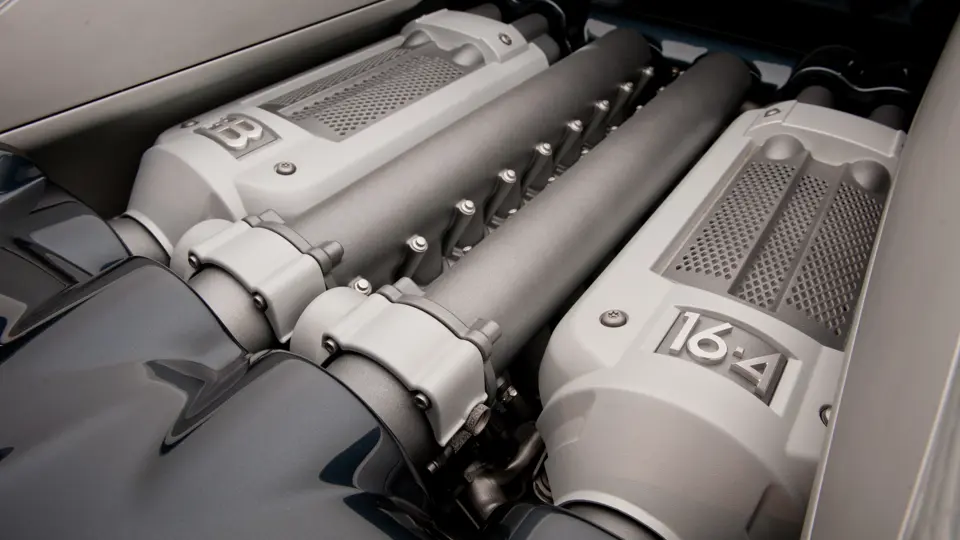


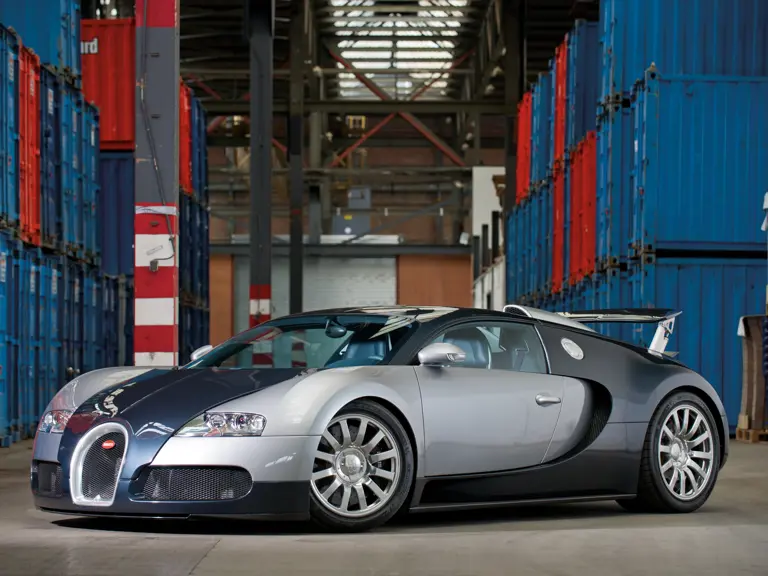
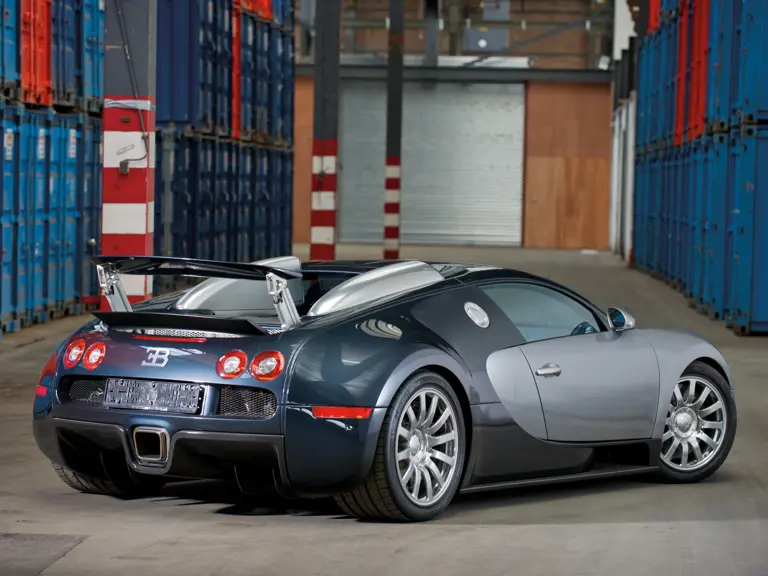
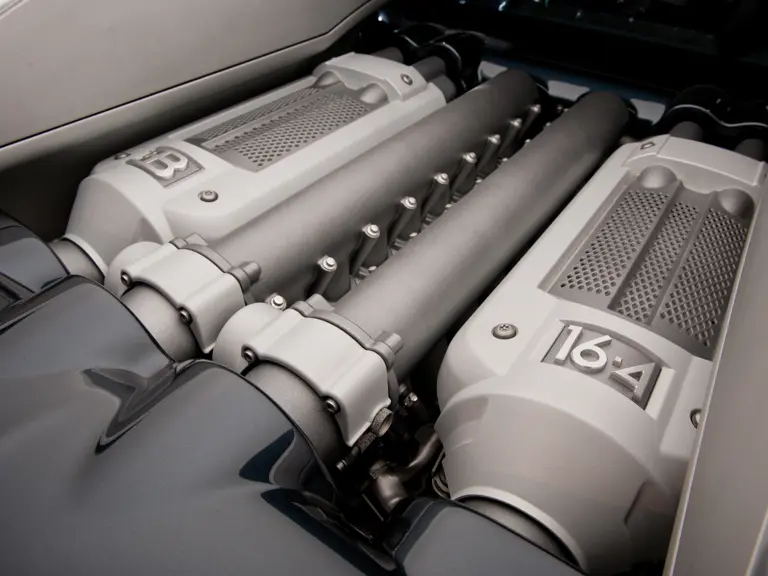
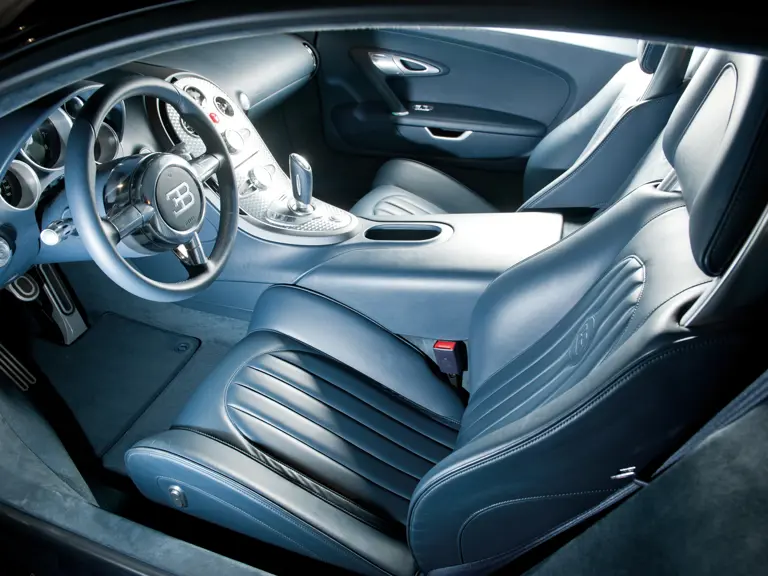

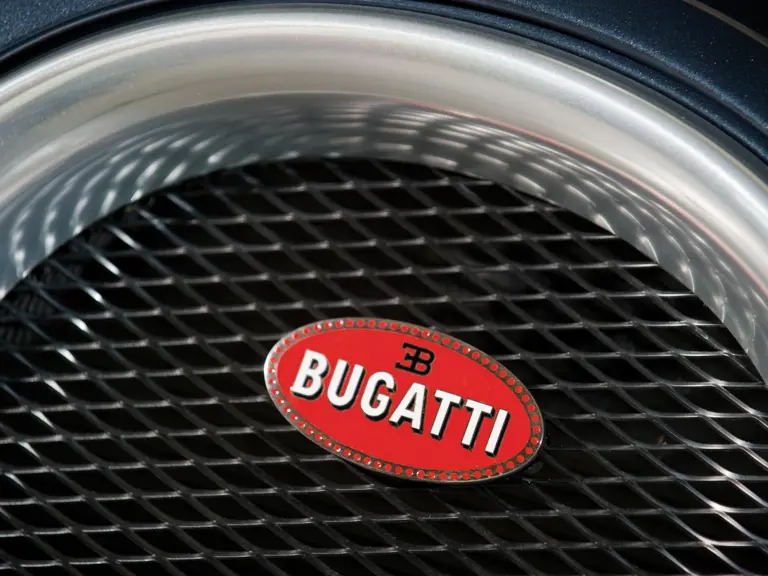
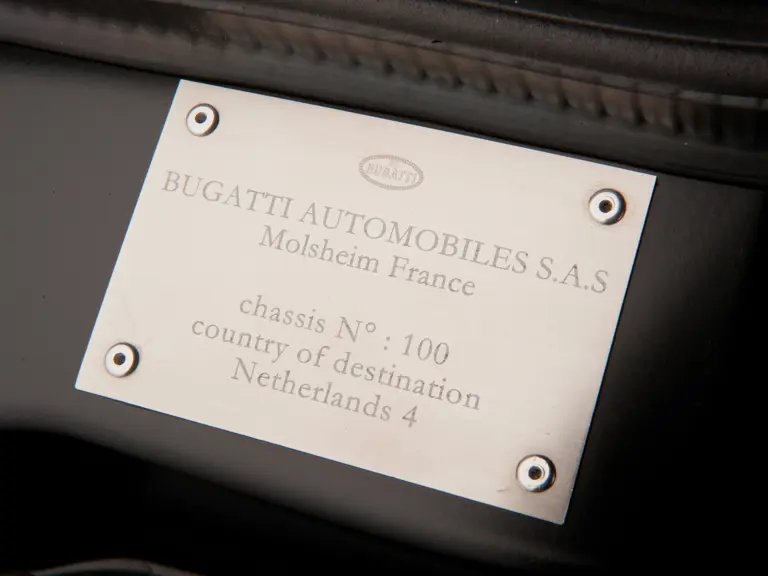
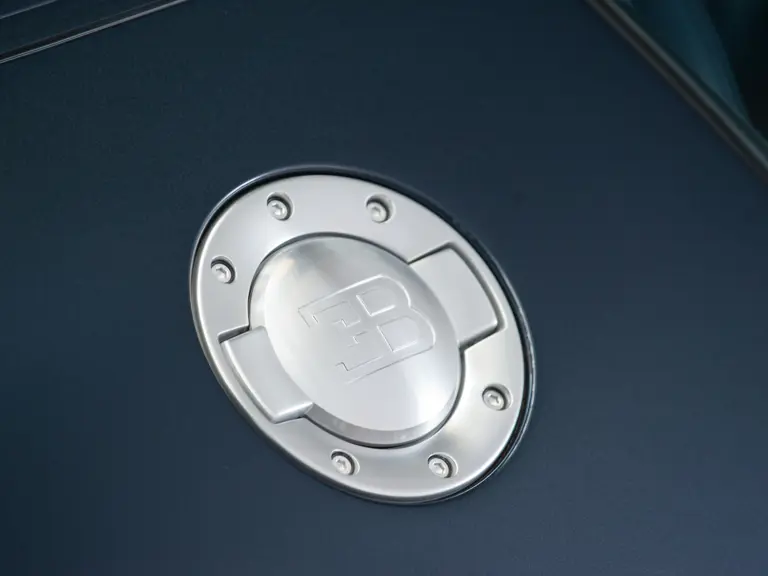
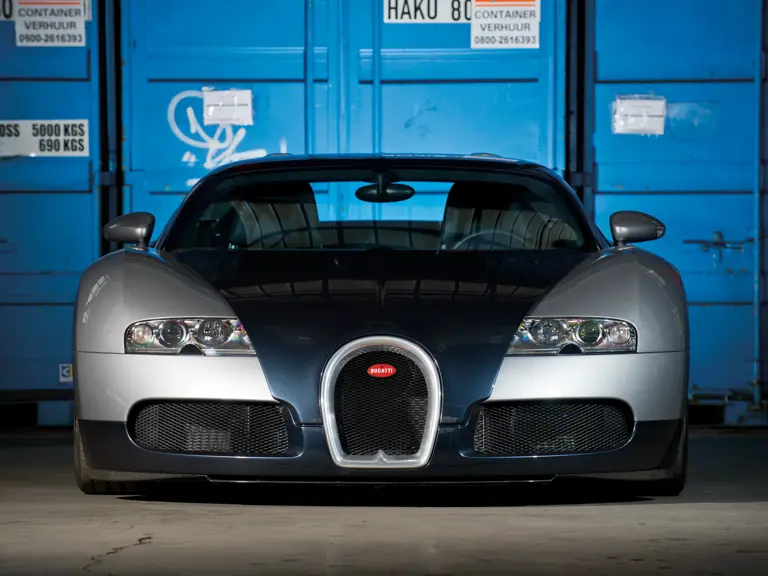



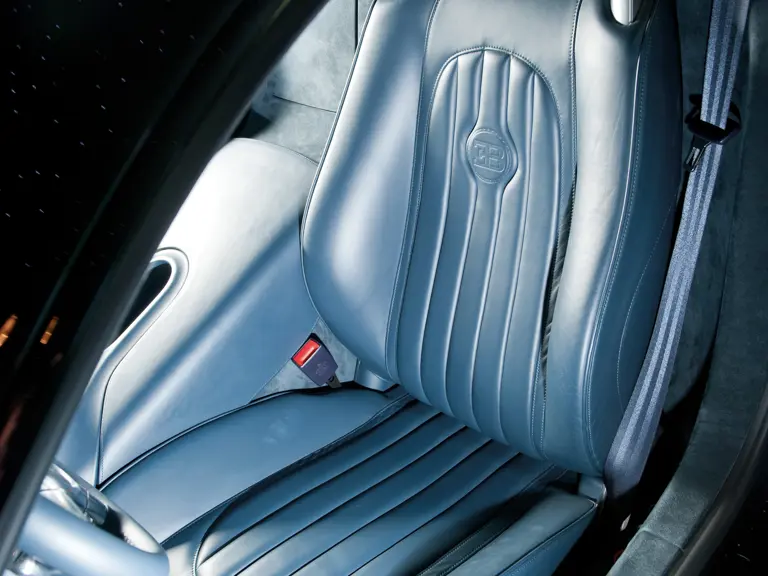


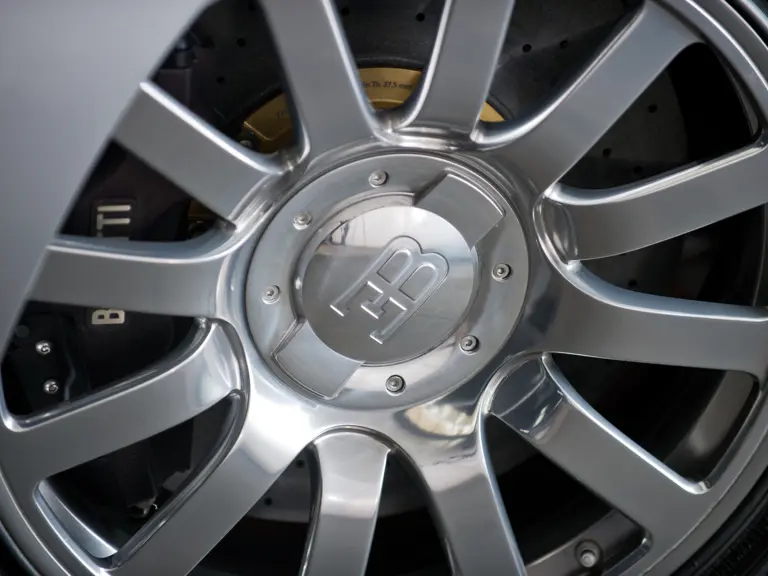

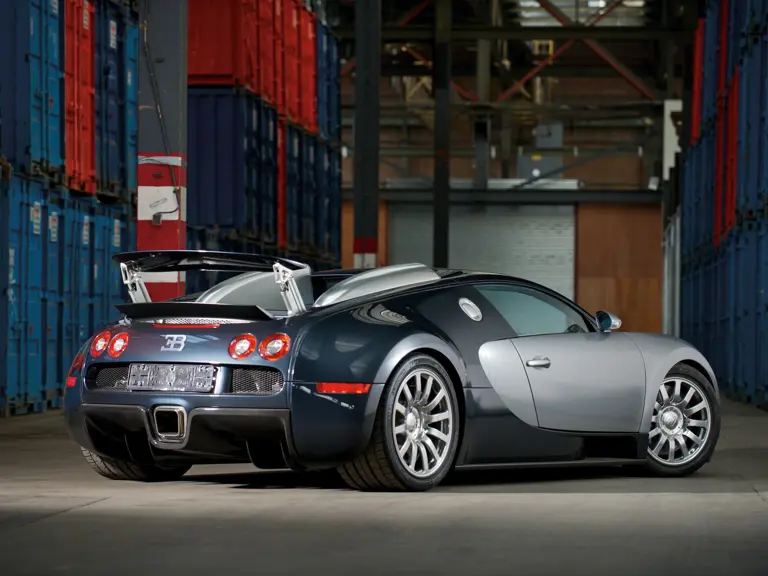
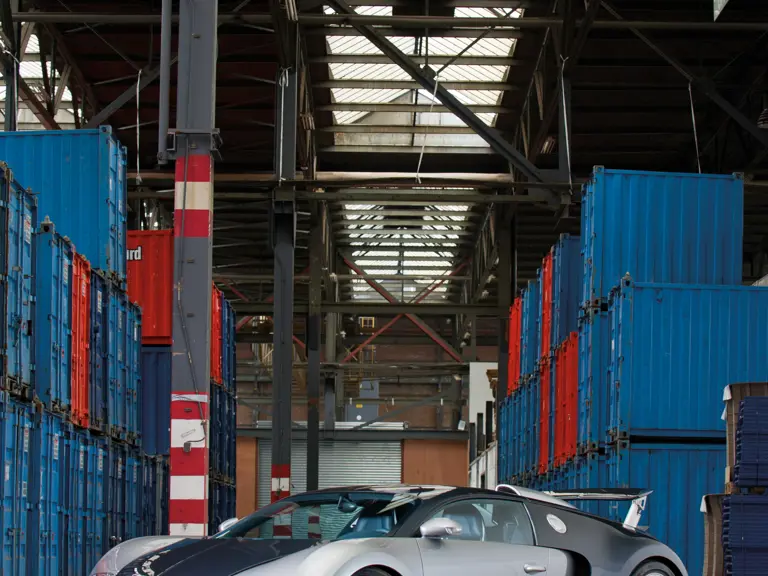
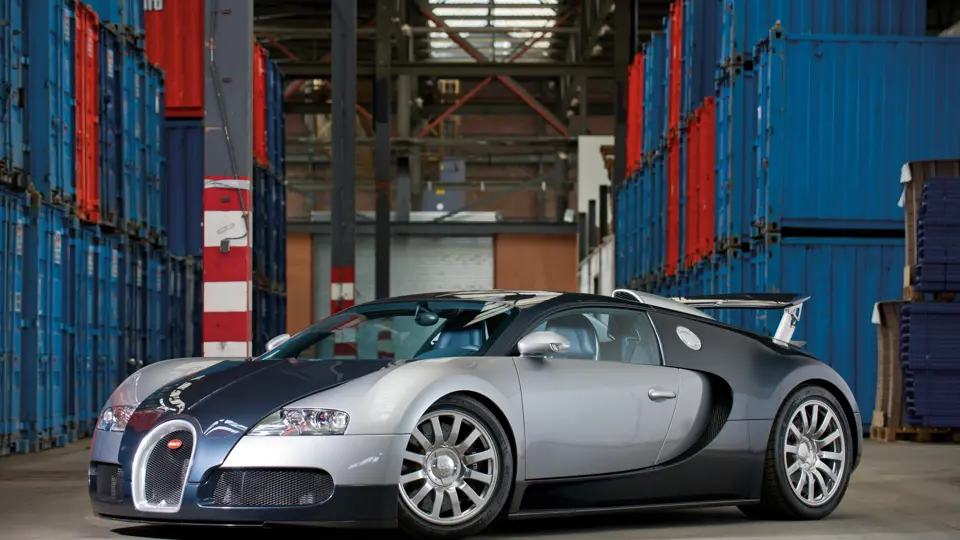
 | London, United Kingdom
| London, United Kingdom
